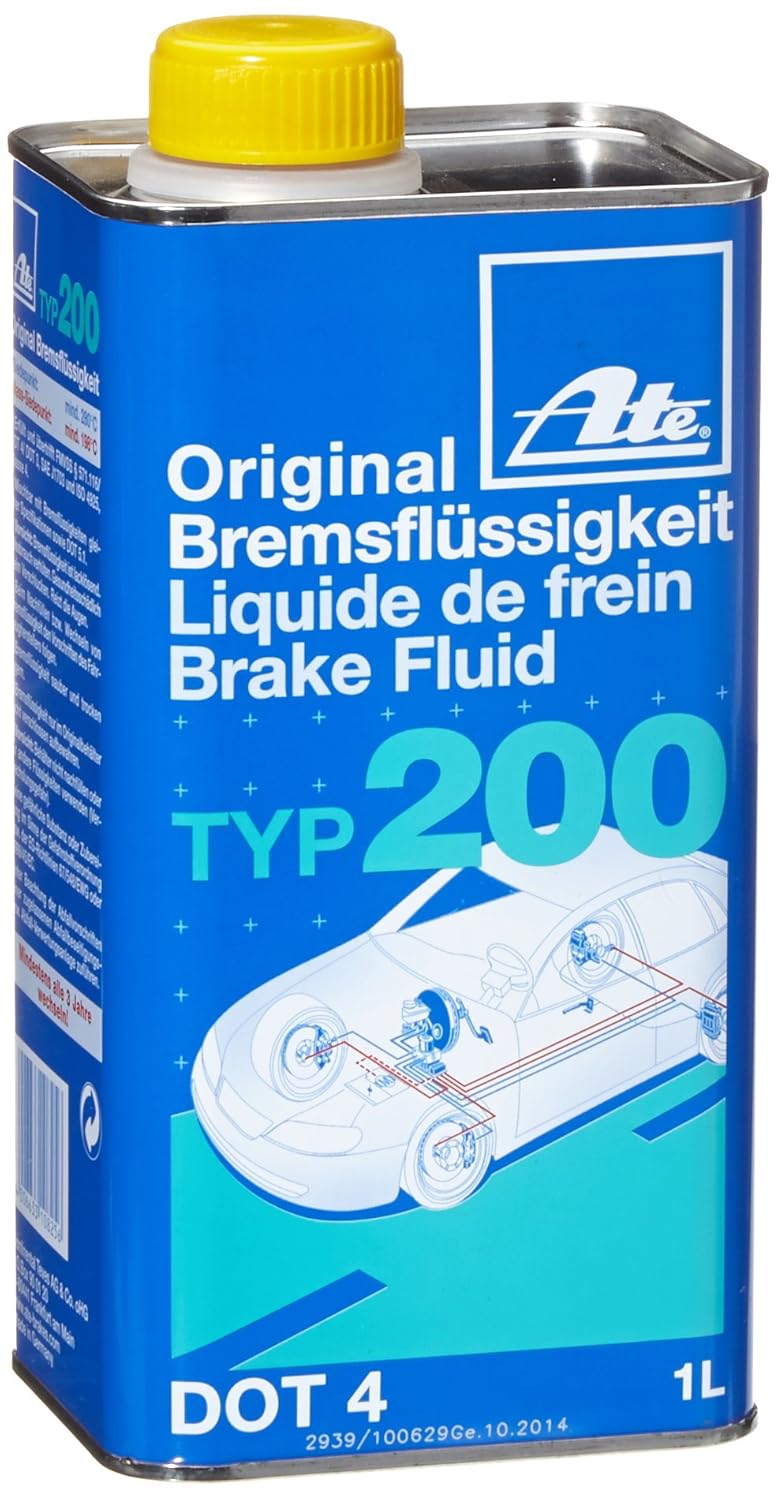This past weekend I pulled the left rear brake drum on my '60 BN7 looking for a bit of grabbing I had reported here earlier. I found nothing amiss, but hand sanded a bit of polish on the brake pads. This car was restored possibly eight years ago, and all of the components appear as new. Deciding on a brake fluid change, I bled that brake with my Mighty Vac. Initially I got a lot of very dark fluid. Moving to the right rear, I was unable to get any brake pedal using the vacuum tool. I then enlisted a neighbor, and we bled the right rear conventionally. Still evacuating pretty dark fluid. At this point I hadn't done the front brakes. A day or two later I found I again had no pedal. I then used a reduced size piece of clear bleeding hose to make sure what was being expelled filled the hose so I could watch for bubbles. With another helper, we bled the left rear and got good pedal. The right front did not bleed until I removed the bleeder. Pressure on the pedal then blew out whatever the blockage was. That brake was then bled successfully with a higher pedal than I had noted in the past. However, the piston on the right front did not appear to have any movement, so I removed the pads (like new), inserted slightly thinner wooden blocks in the pad slots and had my helper pump the pedal, establishing movement. I moved the pistons in an out a bit with a tool. The left front brake was then bled successfully, but I repeated the pad removal to establish that I had piston movement. At the finish both rotors were more firmly held by the brake pads than my previous experience with disc brakes, but we had really good pedal. In fact, it was higher than I had observed previously. By now we had rather thoroughly cleaned out the old fluid, using more than a full 32 oz. Dot 3 container. I was careful to keep the reservoir, which I had siphoned early on and refilled with new fluid, full during the bleeding. The cap was left loose during the process. Today, one day after bleeding, I again had no pedal. No sign of leaking anywhere, including at the master cylinder. I hadn't touched the clutch slave during the brake bleeding. So what's going on?
-
 Hey there Guest!
Hey there Guest!
If you enjoy BCF and find our forum a useful resource, if you appreciate not having ads pop up all over the place and you want to ensure we can stay online - Please consider supporting with an "optional" low-cost annual subscription.**Upgrade Now**
(PS: Subscribers don't see this UGLY banner)
Vanishing Brake Pressure
- Thread starter RDKeysor
- Start date
Share this page
Similar threads
Similar threads
-
-
-
-
-
-
-
-
-
-
TR2/3/3A Aftermarket brake and clutch master cylinders - black extension?
- Started by 71TR6
- Replies: 6
-
-
-
-
-
-
-
-
-
-
TR2/3/3A Front brake hub removal to access Vertical Link bolts(screws) Attached pictures.
- Started by karls59tr
- Replies: 1
-
TR2/3/3A How to remove the front brake hub from the brake disc?
- Started by karls59tr
- Replies: 11
-
-
-
Frame mounted power brake pedal/booster/master cylinder kits for RHD cars?
- Started by Racer-X-
- Replies: 1
-
-
-
-
-
-
-
-
-
-
-
-
-
-
-
-
-
-
-
-
-
-
-
-
-
-


 smilie in place of the real @
smilie in place of the real @
 Pretty Please - add it to our Events forum(s) and add to the calendar! >>
Pretty Please - add it to our Events forum(s) and add to the calendar! >> 





 A friendly reminder - be careful what links you click on here. If a link is posted by someone you don't know, or the URL looks fishy, DON'T CLICK. Spammers sometimes post links that lead to sites that can infect your computer, so be mindful what you click.
A friendly reminder - be careful what links you click on here. If a link is posted by someone you don't know, or the URL looks fishy, DON'T CLICK. Spammers sometimes post links that lead to sites that can infect your computer, so be mindful what you click.